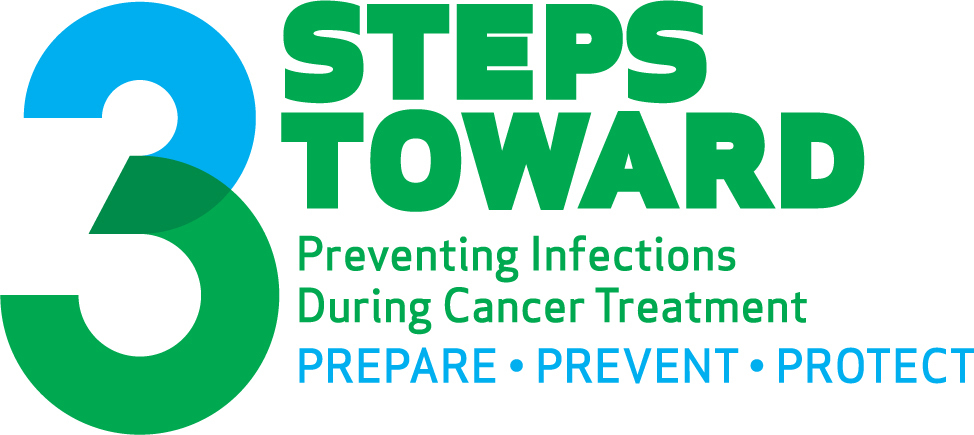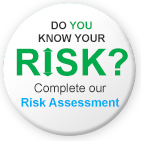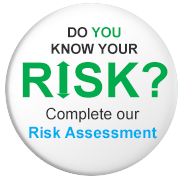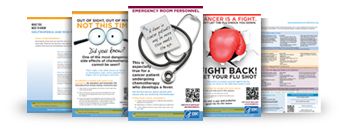
Health Tip Sheet
Signs and Symptoms of Infections During Chemotherapy
Fever
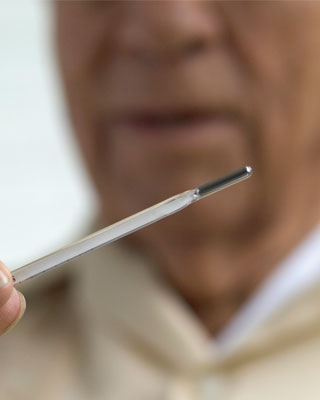 Many times, fever may be our body’s only sign of an Infection. Infections during chemotherapy can be life threatening and may delay future chemotherapy treatments. Because your white blood cell count is low, your body may not be able to fight the infection on its own.
Many times, fever may be our body’s only sign of an Infection. Infections during chemotherapy can be life threatening and may delay future chemotherapy treatments. Because your white blood cell count is low, your body may not be able to fight the infection on its own.
This is why it’s very important that you call your doctor immediately, even if it is in the middle of the night, if you have a temperature of 100.4ºF (38ºC) or higher.
You should also be sure to do the following:
- Keep a working thermometer in a convenient location and know how to use it.
- Take your temperature any time you feel warm, flushed, chilled, or not well.
- Be aware of when you are likely to be at highest risk for infection due to a low white blood cell count. Your doctor and/or nurse will let you know when your white blood cell count is likely to be at its lowest. This period is sometimes referred to as the nadir, which means "lowest point". During your nadir, the period of time beginning 7-12 days after you finish each chemotherapy dose-and possibly lasing up to 5-7 days-is when you may be at the greatest risk for infection.
- Keep your doctor's phone numbers with you at all times. Make sure you know what number to call during their office hours and what number to call after hours. If you have a fever during a time when the office is closed. DO NOT wait until the office reopens before you call.
- If you have to go to the emergency room, it's important that you tell the person checking you in that you are a cancer patient undergoing chemotherapy. This is because if you have an infection you shouldn't sit in the waiting room for a long time. Infections can get very serious the longer they go untreated.
Monitoring Your Temperature
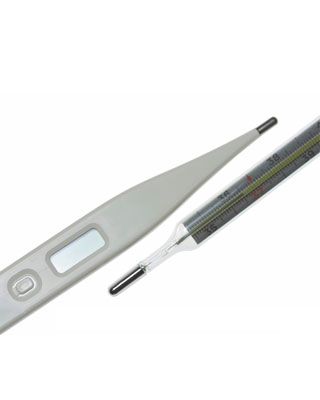 You should also be sure to do the following:
You should also be sure to do the following:
- Keep a working thermometer in a convenient location and know how to use it.
- Take your temperature any time you feel warm, flushed, chilled, or not well.
- Be aware of when you are likely to be at highest risk for infection due to a low white blood cell count. Your doctor and/or nurse will let you know when your white blood cell count is likely to be at its lowest. This period is sometimes referred to as the nadir, which means “lowest point”. During your nadir, the period of time beginning 7–12 days after you finish each chemotherapy dose—and possibly lasting up to one week—is when you may be at the greatest risk for infection.
- Keep your doctor’s phone numbers with you at all times. Make sure you know what number to call during their office hours and what number to call after hours. If you have a fever during a time when the office is closed, DO NOT wait until the office reopens before you call.
- If you have to go to the emergency room, it’s important that you tell the person checking you in that you are a cancer patient undergoing chemotherapy. This is because if you have an infection you shouldn’t sit in the waiting room for a long time. Infections can get very serious the longer they go untreated.
Monitoring Your Temperature (High Risk)

If your doctor or nurse tells you that you have a low white blood cell count, they will also let you know exactly when it is likely to be at its lowest point.
This period is sometimes called the nadir.
During these high-risk days, you should take your temperature any time you feel warm, flushed, chilled or not well. However, sometimes you may
have a fever without any symptoms. This is why it’s important that you take your temperature every night when your white blood cell count is low. A fever is much more
likely to happen at night, between 5 p.m. and midnight.
It’s also important to do the following:
- Keep a working thermometer in a convenient location and know how to use it.
- Keep your doctor’s phone numbers with you at all times. Make sure you know what number to call during their office hours and what number to call after hours. If you have a fever during a time when the office is closed, DO NOT wait until the office re-opens before you call.
- If you have to go to the emergency room, it’s important that to tell the person checking you in that you are a cancer patient undergoing chemotherapy. This is because if you have an infection you shouldn’t sit in the waiting room for a long time. Infections can get very serious the longer they go untreated
Additional Signs and Symptoms
While developing a fever is the most serious side effect and should be treated as an emergency, there are other signs and symptoms you should be aware of that may indicate you have an infection:
- Chills and sweats
- Change in cough or new cough
- Sore throat or new mouth sore
- Shortness of breath
- Nasal congestion
- Stiff neck
- Burning or pain with urination
- Unusual vaginal discharge or irritation
- Increased urination
- Redness, soreness, or swelling in any area, including surgical wounds and ports
- Diarrhea
- Vomiting
- Pain in the abdomen or rectum
- New onset of pain
- Changes in skin, urination, and mental status
If you experience any of these signs or symptoms you should call your doctor immediately.
